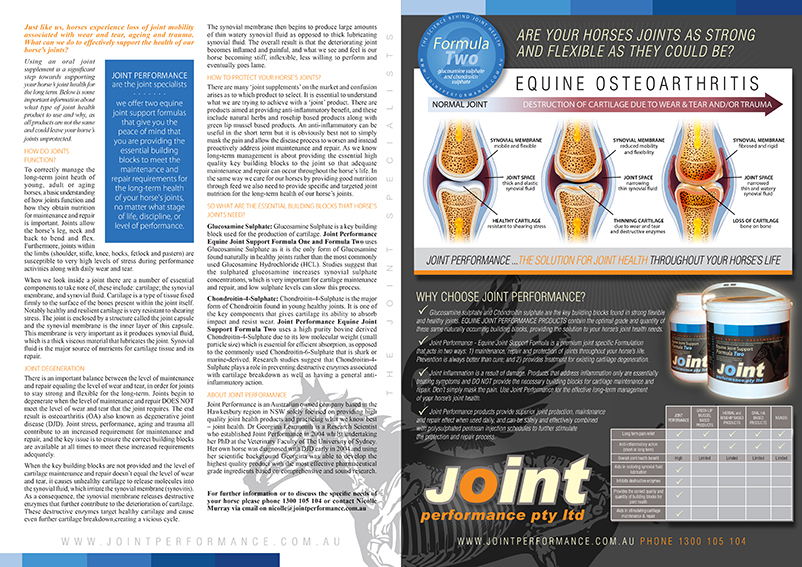 We asked Dr Elizabeth Tee, Registered Specialist in Equine Internal Medicine, University Veterinary Teaching Hospital Camden
We asked Dr Elizabeth Tee, Registered Specialist in Equine Internal Medicine, University Veterinary Teaching Hospital Camden
Parasite control in horses has changed a lot, this extract is from the Animals’ Treatment First Aid Book which was in it’s seventh edition over 50 years ago. Wonder how the horses survived the treatment… “The best treatment appears to be to give, according to the size of the horse, from one to two drachms of tartar emetic, mixed in a little damp food, every day for six days, an hour before the horse is fed. Then to mash him for a day, and, having so done, to give a dose of physic, say five drachms Barbadoes aloes, or, fast the horse for twelve hours, then give a draught composed of one pint of linseed oil with two ounces of turpentine added…”
Parasites. Worms. Call them what you like but they are known to cause disease in horses for centuries. Prior to invention of broad spectrum anthelmintics, horses were severely affected by internal parasitism and control could not be achieved.
Today, anthelmintics or dewormers as they are commonly known are widely available. For decades, we have enjoyed relatively few issues with parasite control in horses with the introduction of anthelmintics such as benzimidazole (BZs) and macrocyclic lactones (MLs). Deworming horses became a routine, part of good husbandry and we thought we had it all under control. Unfortunately, the parasites decided to rebel. Parasites evolved mechanisms to resist our anthelmintics, rendering our previous deworming routines less effective.
Equine parasite control in the mid 60’s
The major breakthrough in the mid 60’s included the introduction of the anthelmintic class benzimidazole (BZs). One common type of BZ still currently in use for horses is fenbendazole. BZs were highly efficacious and broad spectrum, targeting multiple species of parasites. During the mid 60s, the primary target of parasite control was Strongylus vulgaris. S. vulgaris was pinned as the cause of most equine colics as the parasite has a larval stage that migrates to the arteries of small intestines, causing thrombosis of these arteries and subsequently necrosis of small intestines. It is because of S. vulgaris that in the mid 60s, the “interval dose programme” was introduced to the equine world. Interval dose programme describes administration of oral BZs every eight weeks. The reason for every eight week administration was to prevent shedding of S. vulgaris eggs in to horse faeces, as young adult worms released into equine intestinal lumen mature in six to eight weeks to start producing eggs. Hence the interval dose programme reduces egg laying adult S. vulgaris in the equine intestines.
Another parasite control strategy in the 60s is to rotate different class type of anthelmintics. The reason behind this recommendation then was because prior to BZs, many anthelmintics were not broad spectrum enough to target all potentially pathogenic equine parasite species. In the 20th century, the idea of rotating anthelmintics was again revived, this time in an attempt to prevent parasite resistance towards anthelmintics.
Due to the successful interval dose programme, S. vulgaris is now very uncommon in well managed horses in most countries including Australia. As of the 1980s, the most clinically significant gastrointestinal parasite in adult horses is the cyathostomins, or small red worms, while in younger horses (weanling to 2 year olds), Parascaris equorum is the clinically significant gastrointestinal parasite.
Problems with cyathostomes:
The larval stages of cyathostomes are pathogenic to adult horses. The larval stages burrow into the walls of the equine large intestines and remain in an encysted stage and these larvae that emerge from intestinal walls, especially in large numbers, are the most pathogenic. The emergence of cyathostome larvae causes disturbances in gastrointestinal functions, ranging from mild to overt diarrhea. The other problem with cyathostomes is the rapid development of resistance towards existing anthelmintics. This means there is a failure to reduce parasite burden significantly despite administration of anthelmintics.
Diagnosis of internal parasitism is normally performed by veterinarians or veterinary laboratories with a technique called faecal egg count (FEC). A FEC of less than 200 eggs per gram (<200epg) is considered normal and acceptable. Anthelmintic resistance can be determined using the faecal egg count reduction test. This test evaluates the efficacy of an anthelmintic based on the ability of that drug to reduce post treatment faecal egg count level.
Anthelmintic resistance
Anthelmintic resistance have been noted with increasing frequency in the recent years and have been documented to occur with multiple types of anthelmintics including the BZs, the pyrantals and avermectins. The most notorious species of parasites resistant to anthelmintics are cyathostomins and Parascaris equorum.
Because S. vulgaris is not the primary parasite of this century, we have to question our conventional deworming ideas. Is regular deworming at an eight week interval currently still the right practice, as it encourages continual and increased selection pressure for the parasites to develop anthelmintic resistance? Is it evidence based practice to continue to deworm horses every eight weeks without knowledge of the parasite burden or presence of resistance in each individual animal or farm? Should we question our current practice of rotating our dewormers at a regular interval? Previous theory for anthelmintic rotation was to slow down the development of anthelmintic resistance, but unfortunately recent evidence accumulated showed the contrary.
A new paradigm in parasite control is essential to prevent complete resistance of important parasites against all available anthelmintics. To achieve this, the understanding of concept of refugia is important. Refugia is an isolated population of once widespread parasite species. In the concept of parasitism, refugia is most easily thought of as the population of parasites unexposed to available anthelmintics. The refugia population provides a population of parasites that are susceptible to current available anthelmintics. The larger the population of refugia, the less rapid anthelmintic resistance will develop. Sources of refugia include eggs and larvae of parasites on pasture and any parasites not exposed or treated with anthelmintics. A good example of refugia is encysted cyathostomins and use of ivermectin. Ivermectin does not have the ability to target encysted cyathostomins, hence the encysted larvae in the colonic wall is unexposed to ivermectin, reducing the selection pressure of this population of parasites towards ivermectin resistance. These encysted larvae will ensure a future population of susceptible adult cyathostomins. Conversely, we must consider the possibility of increased selection pressure towards resistance with the routine use of larvicidal doses of BZs and moxidectin, both of which are capable of targeting encysted cyathostomins. Could the routine use in horses not exhibiting clinical signs of encysted cyathostomins be potentially more harmful by encouraging development of resistance?
A more sustainable parasite control approach must be embraced by both veterinarians and horse owners from various horse industries. This includes the understanding that having horses with normal to low parasite burden have little negative impact in parasite control and horse health but a positive impact towards slowing down the development of parasite resistance towards existing anthelmintics. Therefore, routine parasite control with a ‘once size fits all’ and ‘treat all worms in all horses’ needs to be reconsidered, and instead work towards identifying and treating animals that are clinically affected by parasitism. Veterinarians and horse owners/managers need to consider a parasite control that is tailored for every individual horse or individual property/farm. The use of routine faecal egg count must be used, to identify horses that require anthelmintic treatment to provide evidence based best practice. And lastly, the practice of increasing our surveillance of anthelmintic efficacy must be embraced, to identify and monitor the progression of anthelmintic resistance in the population of equine gastrointestinal parasites.


One thought on “What’s the latest in parasite control?”
Comments are closed.